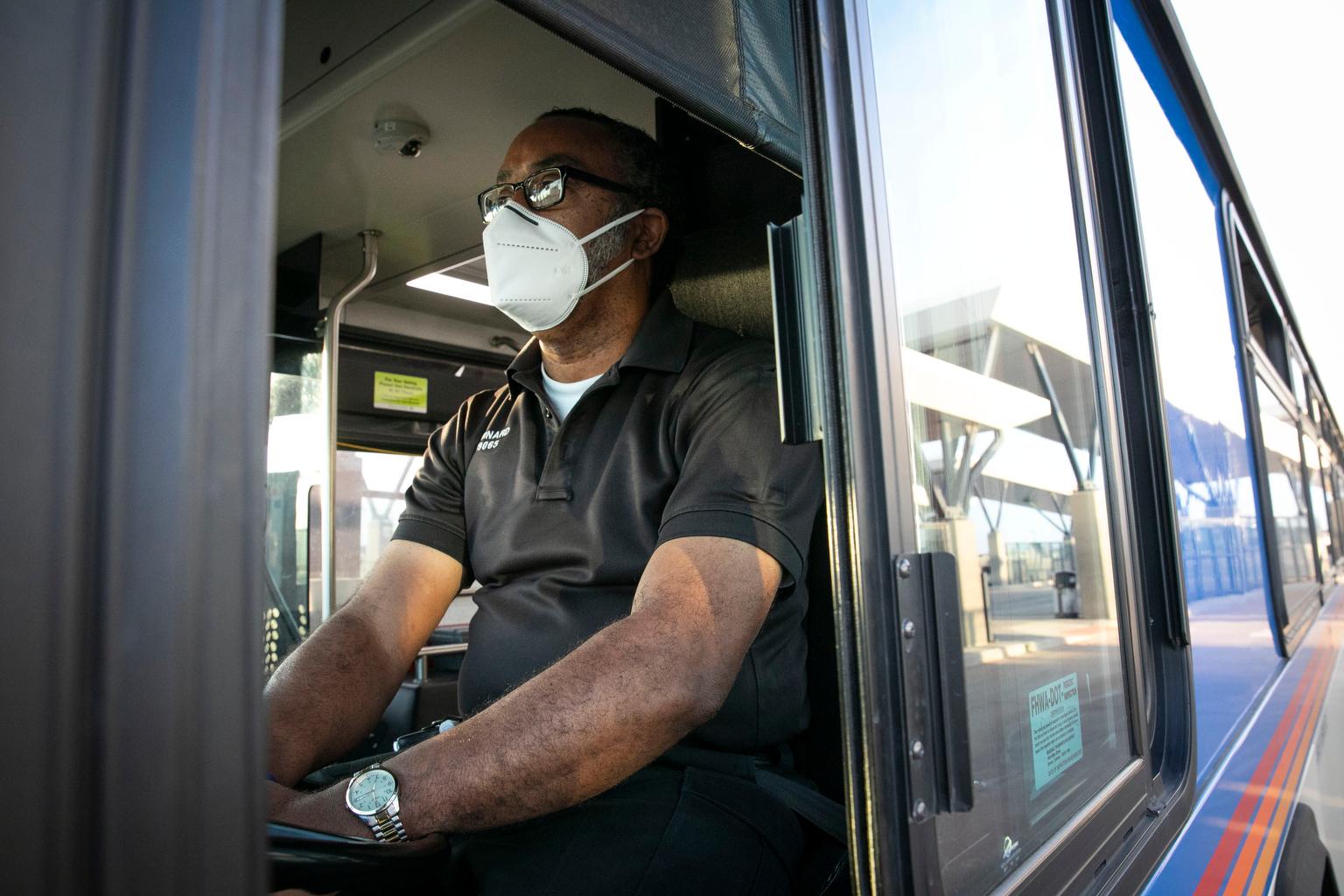
Studies show that N95 masks offer the most protection from COVID-19. Now, Colorado State University researchers say they could also be the most effective face wear to filter out wildfire smoke.
The research, published in the journal “GeoHealth,” showed N95s greatly reduced exposure to particles found in smoke, which can increase the risk of asthma, pulmonary disease and other respiratory problems.
Other types of face masks now commonly used against COVID-19, including surgical, cotton and synthetic masks, offered much weaker protection from smoke particles, the study found.
The CSU researchers began the year by studying the different face masks against COVID-19, said Jack Kodros, a research scientist and lead author of the study. Kodros said he started the research after his friends began asking him whether the masks they had stocked up during the pandemic could work during the wildfire season, too.
“I realized there weren't a lot of quantitative guidelines for the general public on how helpful masks would be or what sort of masks or respirators might be most efficient,” he said.
The team studied each mask’s effectiveness at filtering air pollution particles and preventing leaks. Researchers then modeled how each mask would’ve performed during the 2012 wildfire season in Washington State, factoring for the number of people likely to wear them and for how long.
N95 masks could have reduced smoke-related hospitalizations between 22 percent and 39 percent, the research suggested. Surgical masks reduced hospital visits by 17 percent; synthetic masks by 13 percent; and cotton masks by 6 percent.
“Cloth masks will not offer all that much protection against wildfire smoke,” Kodros said. “They just let in too many particles and they tend to leak. The air goes around the mask.”
Much of the N95’s success depends on it forming an airtight seal around the mouth and nose, as well as the duration it’s worn. The study found that the tighter the seal and the longer the mask is worn, the stronger the protection.
Wildfires are becoming more frequent and intense due to climate change. Smoke from local and remote wildfires can worsen air quality that is already diminished by ozone, such as what happened in the Front Range this summer.
While N95s were in high demand last year, they are now much easier to find, according to a recent update from the U.S. Centers for Disease Control and Prevention. Kodros said he hopes people start using the masks as another protective layer against air pollution.
“The fact that we're having conversations about putting fabric over our mouths because the air we breathe is getting too toxic, I think, should be a wake-up call to start looking at our own environment,” he said.








